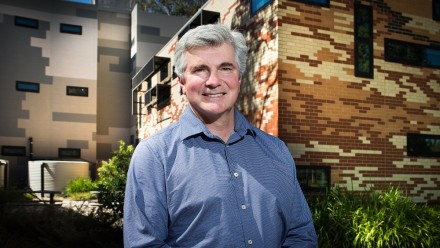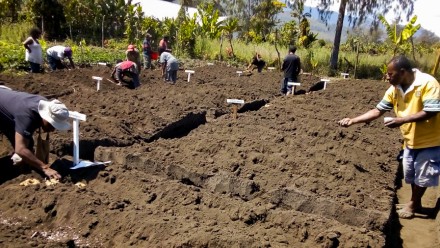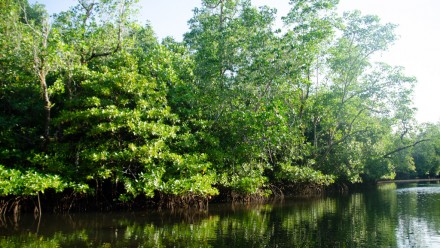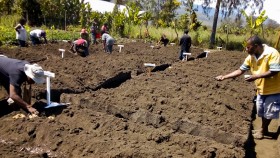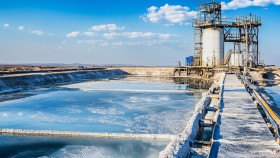Sacrifice zones: ICEDS member explores less destructive path through the energy transition
Dr Rini Astuti’s project looks at how we address socio-environmental justice issues in the energy transition, particularly in the complex world of critical minerals.
The nickel industry in Indonesia is a good example of the difficult issues her team is addressing. The energy transition has turbo-charged global demand for nickel as it is used in a number of low carbon technologies, such as solar panels, batteries and wind turbines. This has seen a flood of workers and rapid industrialisation in the nickel producing regions in Indonesia like Sulawesi. This has brought environmental problems like deforestation, mudslides, pollution and disruption to fisheries. Rini says that while there are adequate environmental laws in place, these aren’t effectively enforced.
‘Many of these mining companies often disregard the environmental and social safeguards.’
Globally, regions affected by rapid critical mineral development are known as “sacrifice zones.
The seed funding from ICEDS helped their research team to host the ANU forum on critical minerals and just energy transitions in November 2024. This event brought together stakeholders ranging from the Indonesian Ambassador, HE Siswo Pramono, the Minerals Council of Australia and even a small Australian mining company that wants to conduct mining differently, through co-design with First Nations communities.
This forum was just the beginning of the team’s research program. The next step is a literature review on the concept of justice in critical minerals.
‘We want to look deeper into how change can actually be implemented by different actors and stakeholders and what the best practice is in regard to environmental and social justice in the mining sector, and for First Nations communities.’
The seed funding has also helped initiate three new projects and reinforced Rini’s position as an expert on the subject of critical minerals.
What solutions does she envisage? In countries like Australia, one solution is implementing principles of co-design with First Nations communities. In Indonesia, the first step is to recognise traditional land tenure, as well as enforcing the existing legislation on social and environmental protection.
On a bigger level, Rini thinks the solutions are not only on the supply side of low carbon products. She says we should reconsider our relationship with materials and think about how we can consume less.
‘At the international level, how do we actually decouple economic growth from material consumption?’





